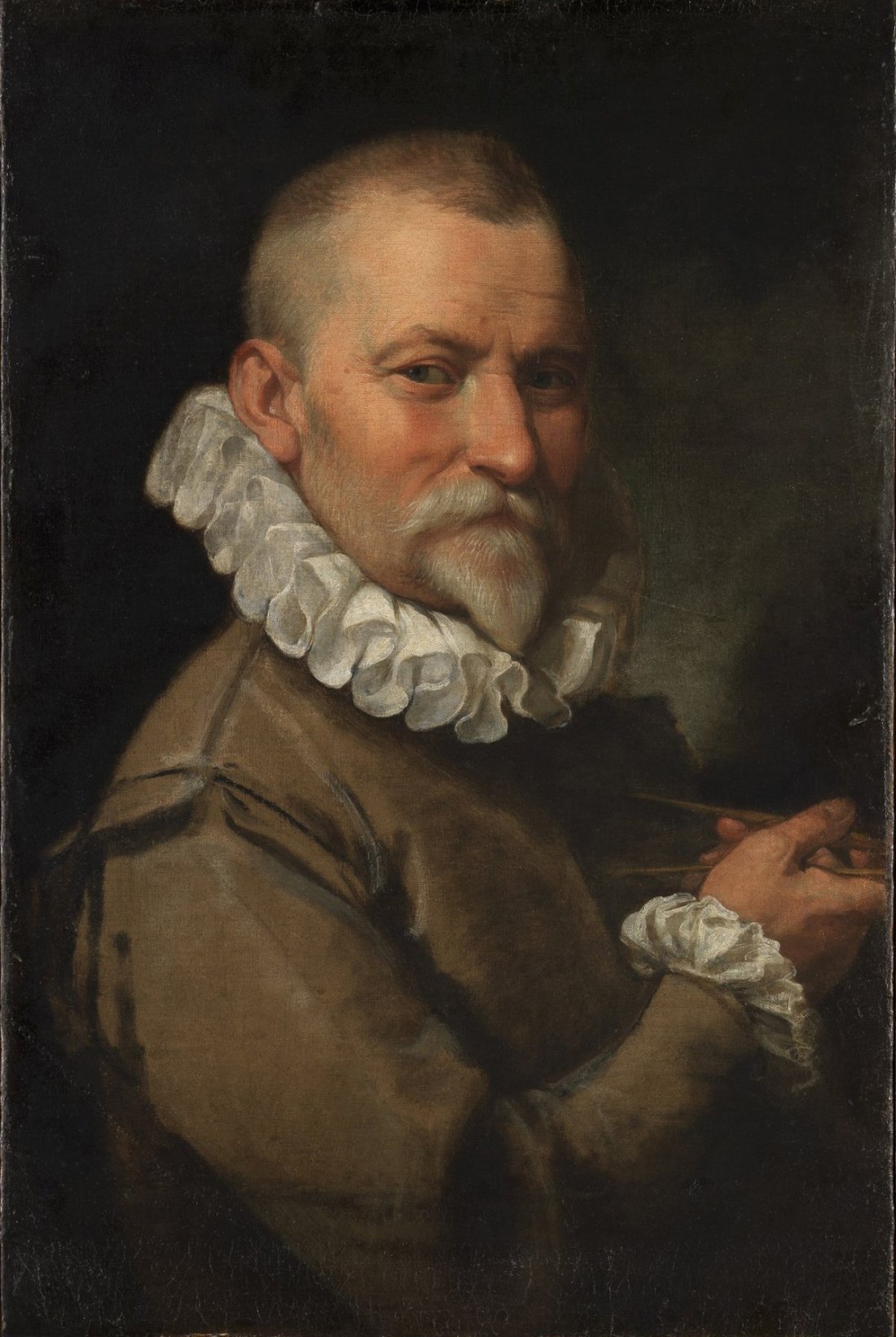Domenico Fontana probably doesn’t register in your mind as a notable architect, but he was the cat’s meow in the late 16th/early 17th Centuries in Rome and throughout Renaissance Italy. You’ve seen his work without knowing that it was his. Have you ever seen a photo or video of the plaza in front of St. Peter’s in Vatican City? Then you’ve probably noticed the obelisk that is in the center of that square. That was Fontana’s work. When you think about it, to have something you did in the exact center of a square designed by Bernini and in front of a church that was the work of Michelangelo, Bramante, Raphael, and others puts Fontana in their league even if he’s not as well known as they are.
Cardinal Montalto became his patron shortly after he arrived in Rome. After growing up in what is now northern Italy near the Swiss border, Fontana received his training in building and discovered he had a good sense of proportionality and an easy understanding of engineering principles. He arrived in the capital of Christendom with more talent than most, and, after some successful commissions for Cardinal Montalto, his career was set.
As luck would have it, Montalto went on to become Pope Sixtus V, and he appointed his favorite architect as the new official architect of Vatican City. Fontana would add some features to St. Peter’s Basilica and some substantial changes to St. John’s Lateran church (the church the Pope is the priest of, actually). He even designed the ceiling of the Sistine Library. Yes, Domenico Fontana was at the height of his fame and power and wealth.
But, Pope Sixtus died suddenly, and Pope Clement VIII became the head of the Church. For a time, Clement allowed Fontana to continue in his post, but then the architect fell out of favor with the new Pope. He was forced to leave Rome, and he settled in Naples. A local nobleman asked the now-disgraced but former famous architect to be in charge of the design and construction of a series of canals to and around his property on the outskirts of the city. While the commission was several steps below what he had been used to back in Rome, Fontana accepted the appointment and began work. And then, luck struck him again.
You see, it was while overseeing the work on the Neapolitan count’s canals that Fontana’s workmen, digging the channels for the water to flow, that their spades hit several series of walls and buildings. Fontana ordered some of the walls to be excavated, and, as the walls were uncovered, the workers discovered paintings of incredible beauty and clarity, as if they had been painted only recently.
You see, as luck would have it, Fontana had discovered the site of the ancient city of Pompeii.
